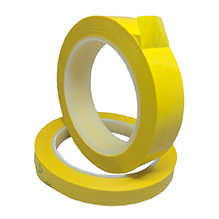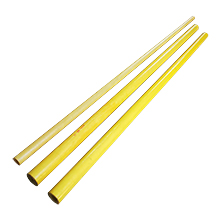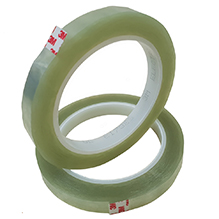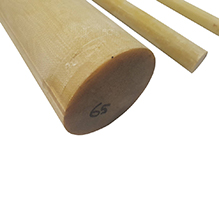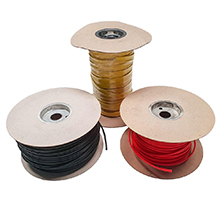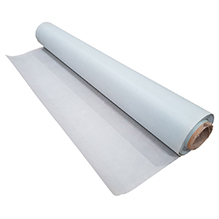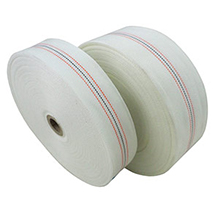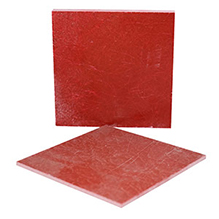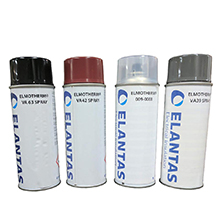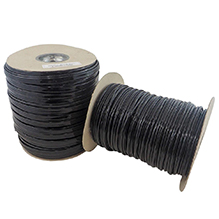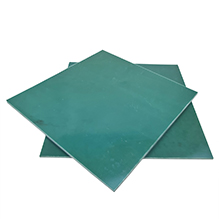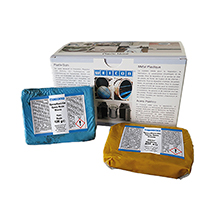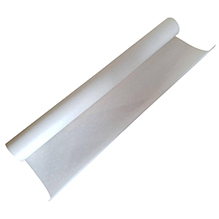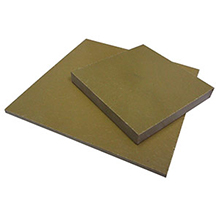When looking for electrical insulation materials, many of you will come across terms such as Class F or Class H Insulation. These denote the maximum operating temperature for that particular material, and we refer to them extensively in our descriptions and imagery.
In this short post, we explain what these electrical insulation temperature classes mean.
Insulation materials used for the conductors and wires in generators, motors, transformers and other types of electrical equipment are assigned a particular class according to temperature and temperature rise.
This class is often referred to as either insulation class or thermal classification. In our literature, when we make mention of an insulation materials class, we are referring to its’ classification in accordance with NEMA.
Electrical Insulation Temperature Classes Table.
| NEMA Class |
NEMA / UL Letter Class |
Maximum Hot Spot Temperature Allowed |
Relative Thermal Endurance Index (°C) |
|---|---|---|---|
| 105 | Class A | 105°C | >105 to 120 |
| 130 | Class B | 130°C | >130 to 155 |
| 155 | Class F | 155°C | >155 to 180 |
| 180 | Class H | 180°C | >180 to 200 |
| 220 | Class C (Not NEMA) |
>180°C | >220 - 250 |
Common Examples of Insulation for Various Temperature Classes.
The examples provided below are all just that, examples. This should not be read to suggest that all similar materials meet the same temperature class; they won't.
For instance, our Isoval 11 and Epoxy Tubes are both pretty similar in some ways. They're both made out of epoxy resin and reinforced with fibreglass cloth. The little differences matter a great deal though as our Isoval 11 is able to withstand over 180°C while the tubes are only able to handle 130°C.

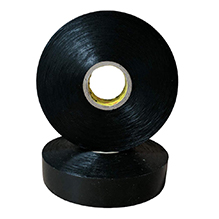
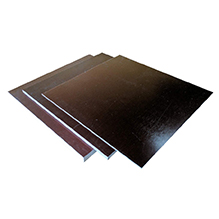
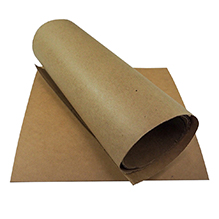
%20multiple%20sizes.jpg)
